Intro
Monitor your health with easy blood glucose level checks, using glucose meters and strips for accurate diabetes management and blood sugar control, ensuring healthy living.
Checking blood glucose levels is a crucial aspect of managing diabetes, a condition that affects millions of people worldwide. The ability to monitor and control blood sugar levels can significantly impact the quality of life for individuals with diabetes. With advancements in medical technology, it has become easier than ever to check blood glucose levels, enabling individuals to take proactive steps in managing their condition. This ease of monitoring has led to better health outcomes, as individuals can quickly identify and address any fluctuations in their blood sugar levels. As a result, the importance of regular blood glucose monitoring cannot be overstated, especially for those living with diabetes.
The traditional method of checking blood glucose levels involves pricking the finger with a lancet to collect a small blood sample, which is then placed on a test strip and inserted into a glucose meter. While this method is effective, it can be painful and may lead to discomfort, especially for those who need to check their levels frequently. However, with the development of new technologies, alternative methods have emerged, offering a more comfortable and convenient way to monitor blood glucose levels. These advancements have made it possible for individuals to check their blood sugar levels easily, without the need for frequent finger pricks.
The ease of checking blood glucose levels has also been facilitated by the availability of user-friendly devices and mobile applications. Many glucose meters are now designed with simplicity and ease of use in mind, featuring large displays, simple navigation, and the ability to store and track test results over time. Additionally, mobile apps can connect to these devices, providing a comprehensive overview of blood glucose levels, as well as offering insights and recommendations for improvement. This integration of technology has made it easier for individuals to manage their diabetes, enabling them to make informed decisions about their diet, exercise, and medication.
Understanding Blood Glucose Monitoring
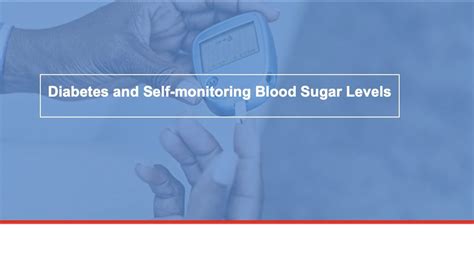
Blood glucose monitoring is the process of tracking and managing blood sugar levels, which is essential for individuals with diabetes. This process involves checking the levels of glucose in the blood, typically using a glucose meter and test strips. The results provide valuable information about how the body is responding to different factors, such as food, exercise, and medication, allowing individuals to make adjustments to maintain optimal blood sugar levels. Regular monitoring can help prevent complications associated with diabetes, such as heart disease, kidney damage, and nerve damage. By understanding how to monitor blood glucose levels effectively, individuals can take control of their condition and improve their overall health.
Benefits of Regular Monitoring
Regular blood glucose monitoring offers numerous benefits, including improved health outcomes, enhanced quality of life, and increased independence. By tracking blood sugar levels, individuals can identify patterns and trends, enabling them to make informed decisions about their diet, exercise, and medication. This proactive approach can help prevent complications, reduce the risk of hospitalization, and decrease healthcare costs. Additionally, regular monitoring can provide peace of mind, as individuals can quickly identify and address any fluctuations in their blood sugar levels, reducing anxiety and stress.Methods of Checking Blood Glucose Levels
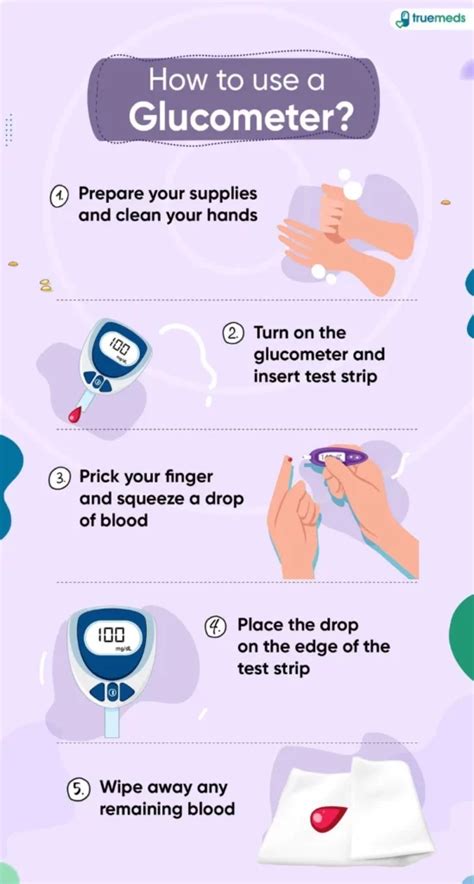
There are several methods of checking blood glucose levels, each with its advantages and disadvantages. The traditional method involves pricking the finger with a lancet to collect a small blood sample, which is then placed on a test strip and inserted into a glucose meter. Alternative methods include continuous glucose monitoring (CGM) systems, which use a small sensor inserted under the skin to track glucose levels throughout the day. Flash glucose monitoring systems are another option, which use a small sensor worn on the back of the upper arm to track glucose levels. These alternative methods offer a more comfortable and convenient way to monitor blood glucose levels, reducing the need for frequent finger pricks.
Continuous Glucose Monitoring (CGM) Systems
CGM systems are a type of blood glucose monitoring that uses a small sensor inserted under the skin to track glucose levels throughout the day. These systems provide real-time data, enabling individuals to see how their glucose levels are changing in response to different factors, such as food, exercise, and medication. CGM systems can be particularly beneficial for individuals who experience frequent fluctuations in their blood sugar levels or have difficulty managing their condition using traditional methods. By providing a comprehensive overview of glucose levels, CGM systems can help individuals make informed decisions about their diet, exercise, and medication, leading to improved health outcomes.Importance of Accurate Results
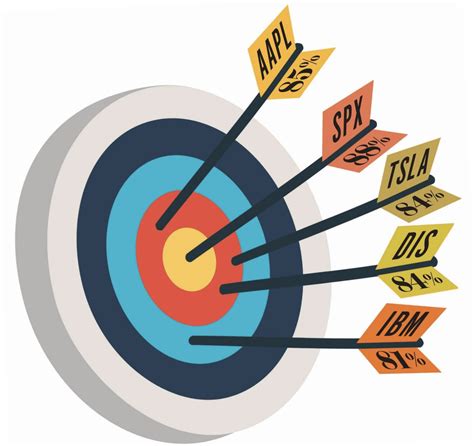
Accurate results are crucial when checking blood glucose levels, as they provide the basis for making informed decisions about diet, exercise, and medication. Inaccurate results can lead to incorrect assumptions about blood sugar levels, potentially resulting in poor health outcomes. Factors that can affect the accuracy of results include the quality of the glucose meter and test strips, the technique used to collect the blood sample, and the presence of interfering substances, such as certain medications or foods. To ensure accurate results, it is essential to follow the manufacturer's instructions for the glucose meter and test strips, as well as to maintain good hygiene and handling practices.
Tips for Ensuring Accurate Results
To ensure accurate results when checking blood glucose levels, several tips can be followed. Firstly, it is essential to choose a high-quality glucose meter and test strips that are compatible with each other. Secondly, the technique used to collect the blood sample should be correct, with the finger pricked at the correct angle and depth. Thirdly, the presence of interfering substances should be minimized, with certain medications or foods avoided before testing. Finally, good hygiene and handling practices should be maintained, with the glucose meter and test strips handled and stored correctly. By following these tips, individuals can ensure accurate results, providing a reliable basis for managing their condition.Mobile Applications for Blood Glucose Monitoring
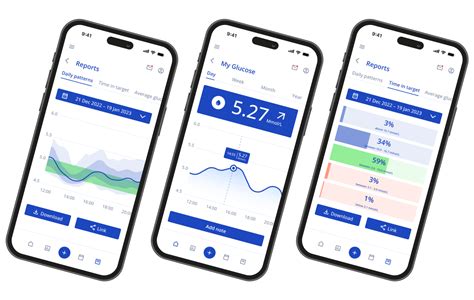
Mobile applications have become increasingly popular for blood glucose monitoring, offering a convenient and user-friendly way to track and manage blood sugar levels. These applications can connect to glucose meters, enabling individuals to store and track test results over time. Additionally, many applications provide insights and recommendations for improvement, based on the data collected. Mobile applications can also facilitate communication with healthcare providers, enabling individuals to share their test results and receive feedback and guidance. By leveraging mobile technology, individuals can take a more proactive approach to managing their condition, leading to improved health outcomes.
Features of Mobile Applications
Mobile applications for blood glucose monitoring offer a range of features, including the ability to track and store test results, set reminders for testing, and provide insights and recommendations for improvement. Many applications also enable individuals to track their diet, exercise, and medication, providing a comprehensive overview of their condition. Additionally, some applications offer social sharing features, enabling individuals to connect with others who are managing similar conditions. By providing a user-friendly and interactive platform, mobile applications can help individuals stay motivated and engaged in managing their condition, leading to improved health outcomes.Future Developments in Blood Glucose Monitoring
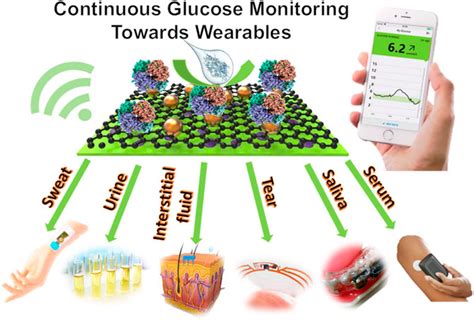
The future of blood glucose monitoring is promising, with several developments on the horizon. One of the most significant advancements is the development of non-invasive glucose monitoring systems, which use optical or electrical signals to measure glucose levels without the need for blood samples. Another development is the integration of artificial intelligence (AI) and machine learning (ML) into blood glucose monitoring systems, enabling individuals to receive personalized recommendations and insights based on their data. Additionally, the development of implantable glucose sensors is underway, which can provide continuous glucose monitoring for extended periods. These developments have the potential to revolutionize blood glucose monitoring, making it easier, more convenient, and more accurate.
Non-Invasive Glucose Monitoring Systems
Non-invasive glucose monitoring systems are a promising development in blood glucose monitoring, offering a pain-free and convenient way to measure glucose levels. These systems use optical or electrical signals to measure glucose levels, eliminating the need for blood samples. Several technologies are being explored, including near-infrared spectroscopy, optical coherence tomography, and bioimpedance spectroscopy. While these systems are still in the early stages of development, they have the potential to transform blood glucose monitoring, making it easier and more convenient for individuals to manage their condition.Conclusion and Final Thoughts

In conclusion, checking blood glucose levels is a crucial aspect of managing diabetes, and with the advancements in medical technology, it has become easier than ever to monitor and control blood sugar levels. The availability of user-friendly devices, mobile applications, and alternative methods has made it possible for individuals to check their blood sugar levels easily, without the need for frequent finger pricks. As technology continues to evolve, we can expect to see even more innovative solutions for blood glucose monitoring, making it easier and more convenient for individuals to manage their condition. By staying informed and engaged, individuals can take a proactive approach to managing their diabetes, leading to improved health outcomes and a better quality of life.
We invite you to share your thoughts and experiences with blood glucose monitoring in the comments below. Have you found any methods or devices to be particularly effective in managing your condition? What challenges have you faced, and how have you overcome them? By sharing your stories and insights, you can help others who are managing similar conditions, providing a supportive and informative community.
What is the importance of checking blood glucose levels?
+Checking blood glucose levels is crucial for managing diabetes, as it provides valuable information about how the body is responding to different factors, such as food, exercise, and medication. Regular monitoring can help prevent complications, improve health outcomes, and enhance quality of life.
What are the different methods of checking blood glucose levels?
+There are several methods of checking blood glucose levels, including traditional finger pricking, continuous glucose monitoring (CGM) systems, and flash glucose monitoring systems. Each method has its advantages and disadvantages, and the choice of method depends on individual preferences and needs.
What are the benefits of using mobile applications for blood glucose monitoring?
+Mobile applications for blood glucose monitoring offer a range of benefits, including the ability to track and store test results, set reminders for testing, and provide insights and recommendations for improvement. These applications can also facilitate communication with healthcare providers, enabling individuals to share their test results and receive feedback and guidance.
